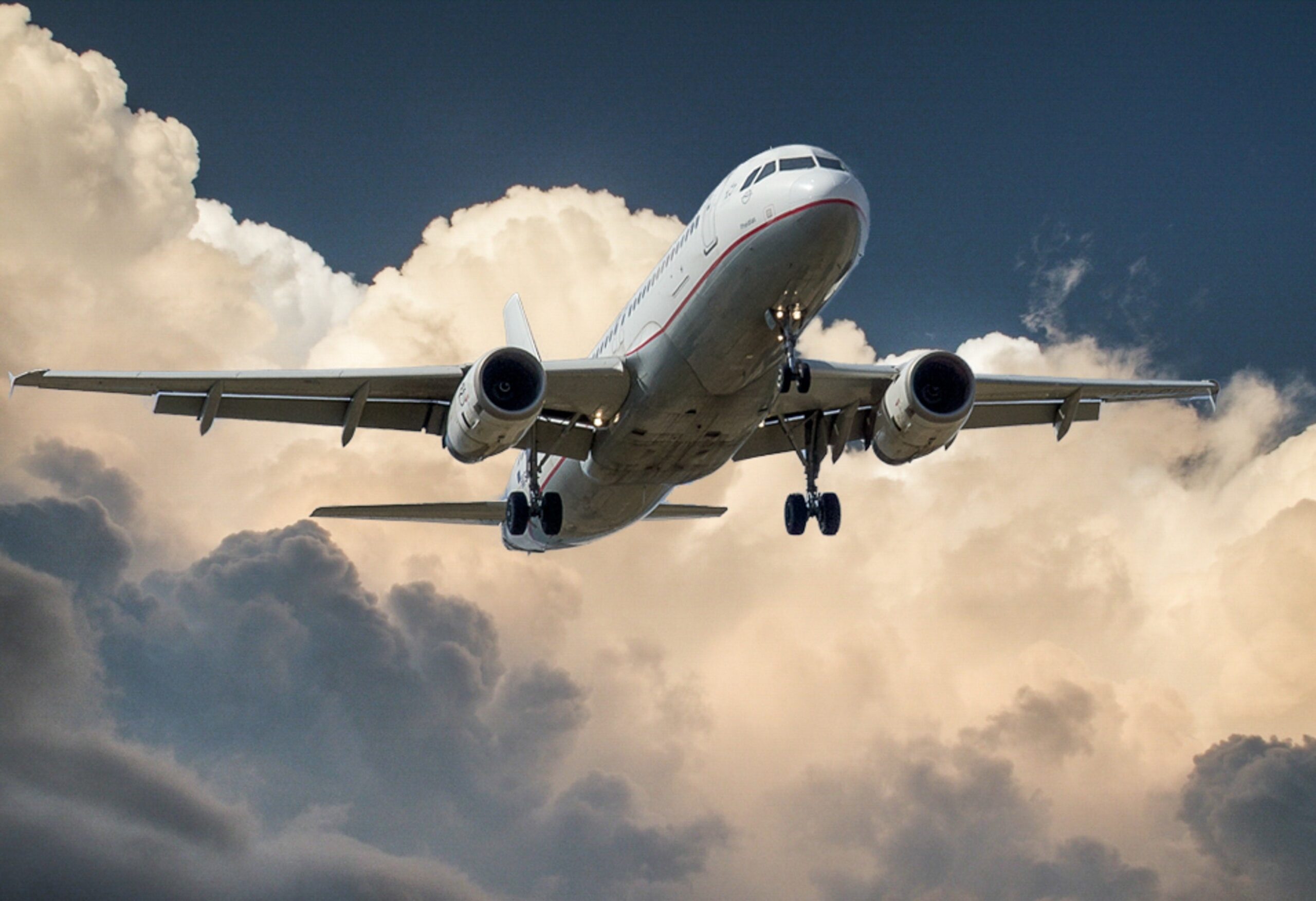Strong air cargo rates are set to continue but capacity and ground handling challenges will continue.
This was the takeaway from the World Cargo Summit’s Air Cargo Market Update & Outlook, which focused on the market outlook for 2022 and beyond, hot spots for growth and the outlook for cargo charters.
Niall van de Wouw, managing director at CLIVE Data Services, said the company’s data comparing the fourth quarter of 2021 to the same period in 2019 showed that rates continued to increase on a global level, on average two and half times as high as pre-Covid.
It became tougher to move goods because of the challenges ground handling staff faced in loading/unloading/preighters. This led to congestion, which affected throughput.
“The difficulty in getting goods from A to B pushed up the rates to unprecedented levels.”
In the first two weeks of January 2022 compared to the same period in 2021 rates were up more than 40%.
“Looking ahead we currently see no fundamental changes in the dynamics that are causing these rates to be at these levels that we expect any easing soon.”
Abel Alemu, managing director, Ethiopian Cargo & Logistics Services, added that Covid-related labour shortages and quarantine restrictions “will keep capacity tighter for longer” and this may result in “persistently elevated airfreight rates”.
He added that reduced bellyhold capacity will also contribute to this “upwards pressure on airfreight rates”.
The industry stakeholders agreed that due to full order books for freighters, capacity remains in demand.
Reto Hunziker, group cargo director for charter broker Chapman Freeborn said the company has managed this by using in-house own control capacity including Bluebird Nordic 737s and Magma Aviation 747s, plus third-party carriers. He said that zero LOPA configuration aircraft also helped.
Konstantin Vekshin, chief executive officer of Volga-Dnepr Group said the company resumed its Antonov 124-100 operations in 2021, but the fleet of 12’s estimated lifespan of 10-12 years is a concern. “It is a very unique piece of equipment and there is no replacement for it.”
Ethiopian Airlines Group is working with Israel Aerospace Industries (IAI) to launch a B767-300ER freighter conversion line in Ethiopia. Alemu confirmed Ethiopian Cargo also currently has 20 preighters.
Ground handling support with regards to staff shortages and restrictions is a major concern.
Alemu pointed out some airports in Europe have said they will not handle preighters, while US ground handlers also have restrictions.
Hunziker said Chapman Freeborn has faced cancelled flights and delayed cargo clearance from airports of up to five days. “We have very big challenges with preighters especially out of China and Kong Kong both into Europe and the US.” As a result, there has been a shift to Vietnam and Korea, where the company operates preighters long term.
Vekshin added that Volga-Dnepr will await China’s legislation this year following the country’s ban on preighters. “If they’re sticking to their plans that maybe a game changer for the industry, at least for 2022…as it will affect all of us.”
Pharmaceuticals, PPE and e-commerce demand are set to continue to be strong drivers for the air cargo industry, according to Hunziker and Alemu.
Alemu said in the second half of 2021 major trade lanes were China-Europe, China-Latin America and South East Asia–US. The company saw major growth in South East Asia and recorded the largest expansion in Latin America.
Hunziker said growth was recorded worldwide in 2021 with China the driver for this.
Van de Wouw said US growth was up 30% in 2021 compared to 2020 when it was hit hard by Covid. APAC growth remained high in 2020 because of PPE trade, so 2021’s growth was not high.
He explained the Europe to US market is much stronger than from the US to Europe, adding Asia Pacific into the US “dwarfs” the market from the US to APAC.
While continued ocean freight congestion and reduced belly capacity is driving air cargo demand, the industry has no control over these factors, so uncertainty over the sustainability of growth remains, said van de Wouw.
He thinks as passenger demand returns “things will get worse” initially as there will be less room for cargo and pressure for capacity, until flight frequency increases but he doesn’t “see that happening anytime soon”.
Source: www.aircargonews.com
Image: www.pexels.com



